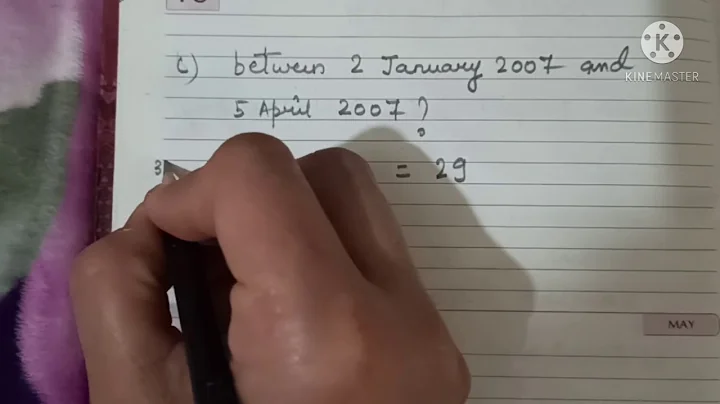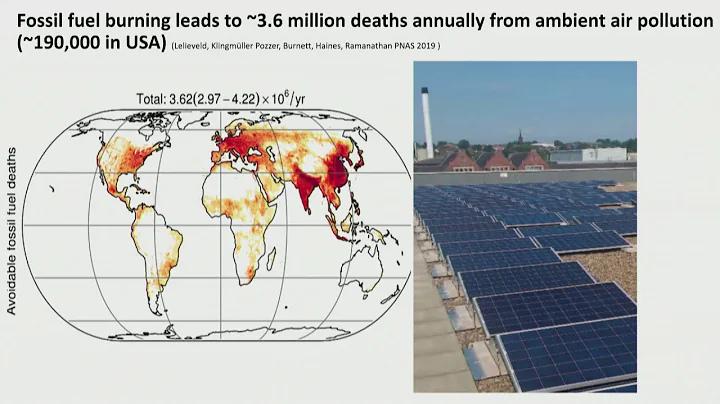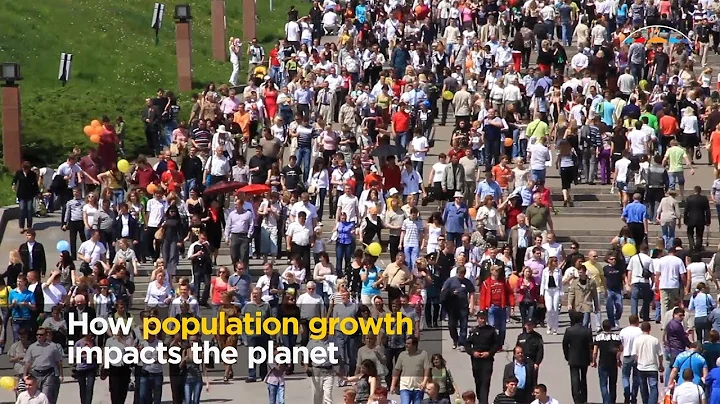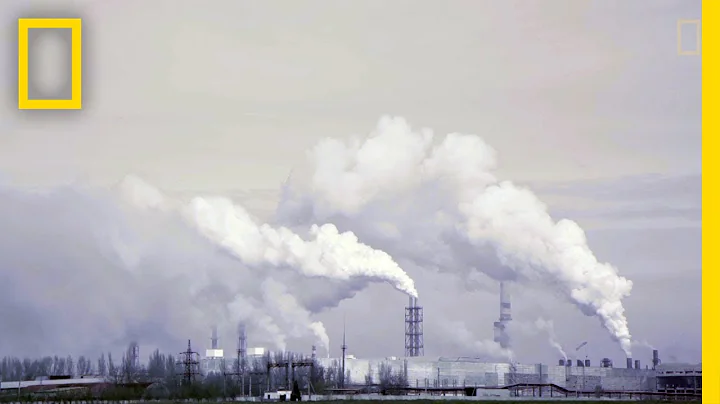
January 17-24, 2008
From January to February 2008, biting cold hit most of southwestern Asia. This image shows how cold temperatures were between January 17 and January 24, 2008, compared to previous years. This image shows the temperature of the land surface - "how cold or hot it feels" compared to the average land surface temperature from January 2000 to January 2007. In 2008, land surface temperatures were 20 degrees Celsius cooler than in previous years. The overall blue tint of the image shows cold temperatures across the region, but the most intense cold occurs in Iran, Afghanistan, Turkmenistan, Uzbekistan and Tajikistan.
In Afghanistan and Tajikistan, extreme winter conditions are the worst in decades. According to Reuters , in Afghanistan, the cold killed more than 750 people and 230,000 cattle. Many families rely on cattle for food security, and losing livestock can cause significant hardship. Tajikistan was also affected by the severe cold. The United Nations Office for the Coordination of Humanitarian Affairs said on February 11 that although low temperatures increased demand for electricity, power generation fell when the inlet water flow to hydroelectric plants froze. The United Nations says that 76% of Tajikistan's electricity comes from hydroelectric power. Electricity shortages have left urban areas without heating.





















